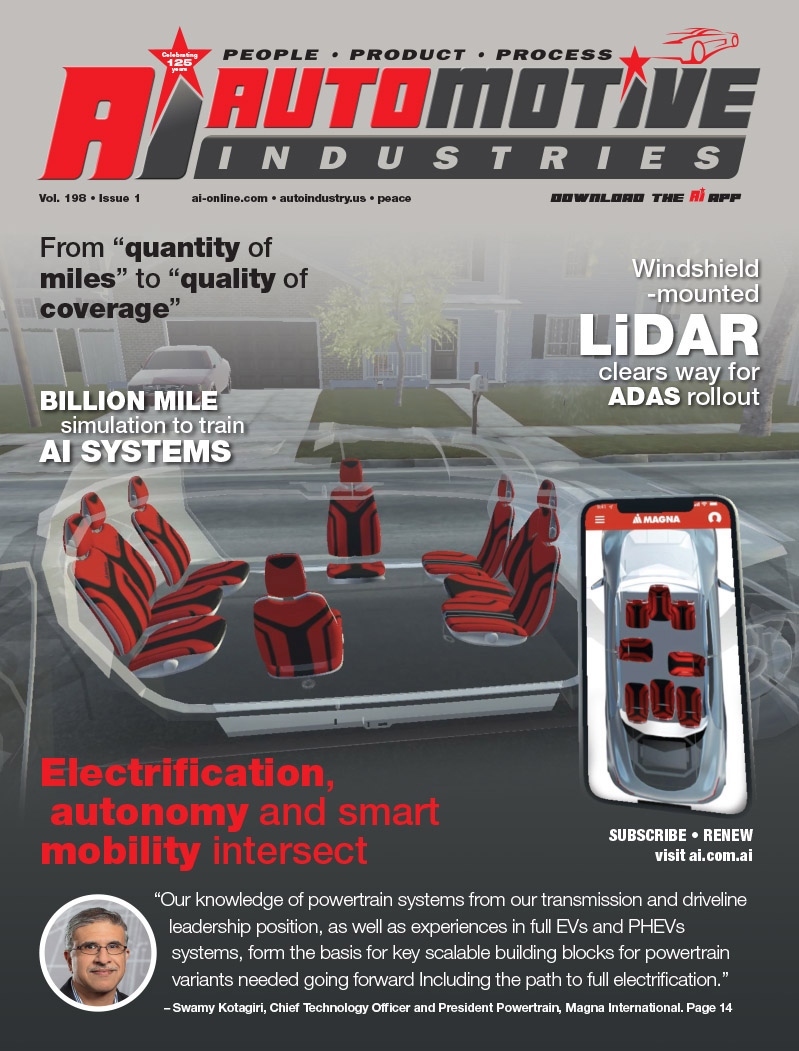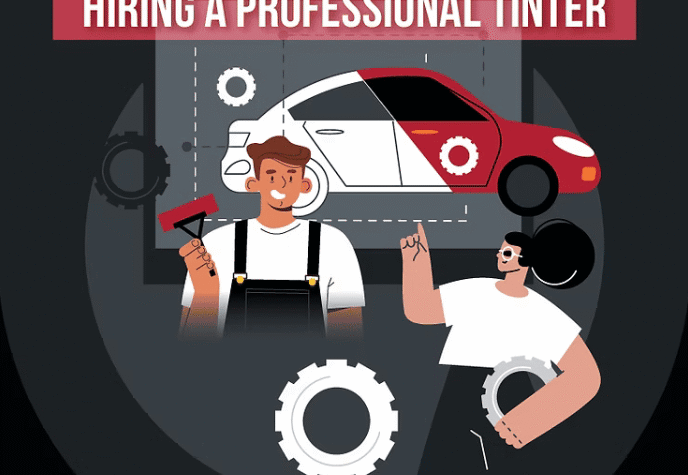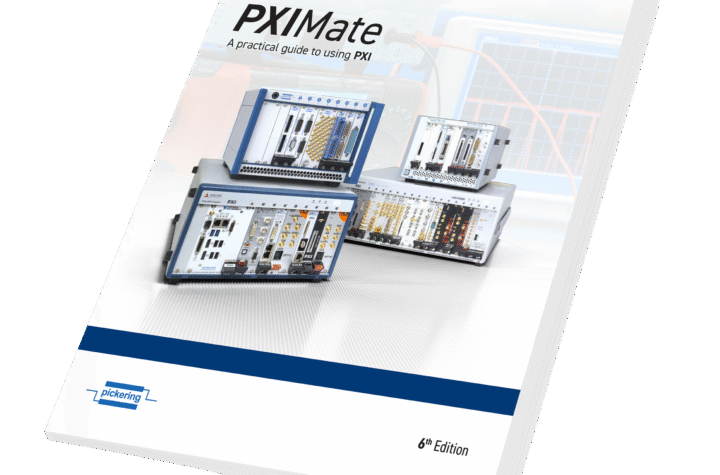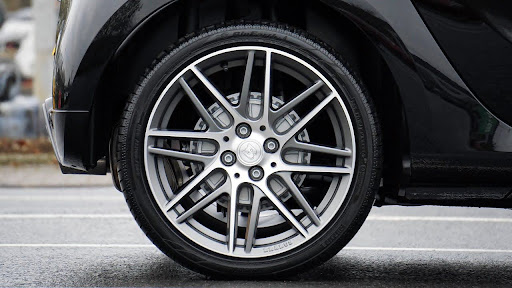
With Maserati on board to grow sales, Ferrari North America can retain its ‘mission of exclusivity.’
 |
| The $247,000 540 hp, V-12-powered Ferrari 612 Scaglietti wowed the crowd as it made its world debut at the 2004 Detroit auto show. |
Should this small Italian exoticar maker be concerned? Hardly. In fact, marketing vice president Marco Mattiacci seems genuinely delighted. “This is the 50th anniversary of Ferrari in the U.S., and last year was one of its best in this market,” he says. Both Ferrari and Maserati deliveries represented roughly 13 percent increases over 2003.
On the Maserati side, Ferrari — part of Italy’s Fiat Group but not part of Fiat Auto, in which GM owns a stake — purchased its former competitor in 1997 and “completely re-engineered the company.” It brought the once-revered Maserati marque back to the U.S. (following an 11-year absence) with the $90,000 Spyder (convertible) in 2002, added the $86K Coupe for 2003 and will soon import the all-new Quattroporte (“four door”) large luxury sedan. “I think this is one of the sexiest and most unique sedans that you will see,” Mattiacci says. “It is a blend of performance comfort and style, with high-technology synergy from Ferrari and very high quality materials.” This beautiful 394 hp, 4.2L V-8-powered sedan is expected to be priced at approximately $90K when it arrives on U.S. soil this summer, and a total of just 2,000 are scheduled for delivery worldwide in 2004.
 |
| Maserati (Quattroporte shown) makes its return to the U.S. as a memeber of the Ferrari family. |
The U.S. Ferrari line begins with the $157K 360 Modena and $182K 360 Spyder, extends through the $193K Challenge Stradale (a streetlegal version of its Challenge-Trofeo customer race car), the $225K 575M Maranello and the allnew $247K 540-hp V12-powered 612 Scaglietti. All 99 of the 300 Enzo Ferraris (streetable siblings of Ferrari’s all-conquering Formula One racers, named for the company’s founder) allocated to the U.S. sold at a breath-taking $670K. Not surprisingly, Ferrari customers typically earn more than $1 million a year.
For the first time ever, Ferrari held the global introduction of the 612 Scaglietti in North America at Detroit’s Jan. 2004 North American International Auto Show. Another first is that this gorgeous new 2+2 is the first V12 Ferrari with all-aluminum construction. It is named for Sergio Scaglietti, the coachbuilder who created some of Ferrari’s most stunning early cars.
“Our mission is to give exclusivity,” Mattiacci says, “to let the customer, who is more and more demanding, really perceive that they are in a luxury atmosphere. We deliver high-performance cars for people who are passionate about performance. Our customer satisfaction is at the highest level ever, while other [premium] brands are stretching and diluting their brands by doing cars that cost less.”
Ferrari North America, headquartered in Englewood Cliffs, N.J., was recently restructured under President and CEO Maurizio Parlato. It has 40 Maserati dealerships in the U.S. and Canada, most of them dualed with the 29 U.S. and three Canadian Ferrari dealerships. “The U.S. is the most important market for us today,” Mattiacci says, “with almost 30 percent [of global sales], so it’s a market where we really focus and where we intend to do better and better.”












More Stories
What You Need to Know About Tire Pressure in Winter vs Summer
Essential Features to Look for in ADAS Calibration Systems
Your Guide to Filing a Car Accident Claim